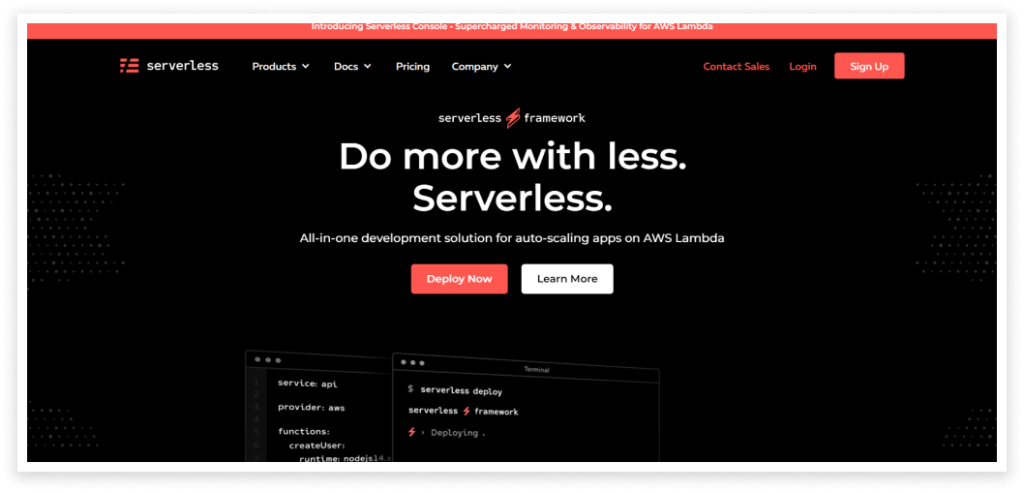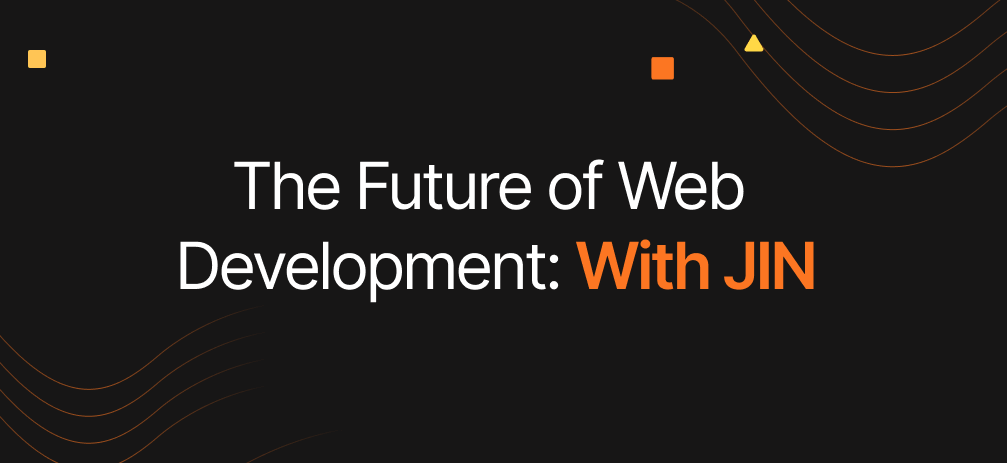The future of web development is expected to be highly dynamic and innovative, with emerging technologies and new trends shaping the industry.
Staying current with these trends and advancements in web development will help you keep ahead of the competition, remain relevant in the industry and provide your clients with innovative solutions to their problems.
What Can You Expect for the Trajectory of Web Development?
In the next five years, web developers can expect to see significant advancements in areas such as Artificial Intelligence (AI), Virtual Reality (VR), Augmented Reality (AR), Progressive Web Apps (PWAs), and more.
Overall, the future of web development is expected to be shaped by a continued focus on user experience, security, and accessibility, with new technologies and trends emerging to support these goals.
Predicted Trends in Web Development for the Next 5 Years

Here are some technologies and approaches that may shape the future of web development from 2023 onwards.
Voice-Activated Search and Devices
With the increasing popularity of smart speakers, such as Amazon Echo and Google Home, more people use voice commands to search the web, play music and control their homes.
As a result, web developers are adapting their strategies to ensure that their websites and applications are optimised for voice search and commands.
This includes using natural language and conversational tones and incorporating structured data to help devices understand the context of the interaction.
Artificial Intelligence (AI) and Machine Learning (ML)
These technologies are used to improve the user experience, automate tasks, personalise content, and even optimise website performance by improving page load times.
Another significant way AI and ML are used in web development is through chatbots and virtual assistants. These tools provide users with instant support, answer frequently asked questions, and even conduct transactions.
You can also use them to personalise the user experience by providing tailored recommendations based on people’s behaviour and preferences.
Accessibility in Web Design and Development
Accessibility refers to the practice of designing websites and applications that can be used by people with disabilities, including those with visual, auditory, physical, or cognitive impairments.
Web developers must incorporate various design and development practices, such as using clear and concise language, providing alternative text for images, creating captions and transcripts for audio and video content, and using keyboard-only navigation.
Tools like screen readers and colour contrast checkers are also useful for testing your website’s accessibility.
Mobile-First Design
Data estimates that more than 70% of Internet users will access the web through their smartphones only by 2025, making mobile-first design an absolute priority in web development.
Mobile-first design involves creating responsive websites that can adapt to different screen sizes and resolutions, ensuring a seamless user experience across devices. In addition to improving the user experience on mobile devices, mobile-first design can benefit your business or organisation by improving website performance and search engine optimisation (SEO).
Progressive Web Apps (PWAs)
PWAs are web applications that provide users with an app-like experience, including features such as push notifications, offline capabilities, and a full-screen display, without the need to download a separate app from an app store.
PWAs are fast, lightweight, and can be accessed through any device with a modern web browser. This eliminates the need to create separate apps for each platform, such as iOS and Android.
Blockchain Technology for Web Security
Blockchain technology is a decentralised and distributed digital ledger that can be used to securely store and share information across a computer network.
Using blockchain technology, web developers can create a more secure and trustworthy online environment, reducing the risk of cyberattacks, data breaches, and other security threats. This can be particularly beneficial for businesses and organisations that handle sensitive data, such as financial or personal information.
In addition, you can also use blockchain technology to improve the integrity of user data and identity verification.
By creating a decentralised and immutable record of user activity and identity, developers can ensure a more secure and transparent user experience, reducing the risk of fraud and identity theft.
Serverless Architecture
This system lets developers build applications that rely on cloud providers to manage the underlying server infrastructure, allowing them to focus on writing code only.
Serverless architecture can save time and costs and allow developers to quickly test and iterate on new features, making it easier to adapt to changing business needs.
Moreover, serverless architecture can automatically scale resources up or down based on application demand so that applications are always available and responsive.
The Future of Web Development: Case Studies

What do these future web development trends look like in the real world? Here are examples of businesses and technologies that have successfully practiced some solutions we discussed.
Uber and Serverless Architecture


Uber, the ride-hailing and delivery platform, employs serverless architecture in several parts of its platform to improve scalability, cost-effectiveness, and development agility.
For example, the Uber for Business platform lets companies manage their employees’ transportation and delivery needs through the Uber app. AWS Lambda, a serverless computing service, powers this platform’s backend.
Uber also utilises AWS Lambda and Amazon API Gateway to build a chatbot that handles customer support inquiries. The chatbot can simultaneously handle thousands of customer interactions, scaling resources automatically as needed and reducing customer wait times.
Accelerated Mobile Pages (AMP) by Google

Google’s Accelerated Mobile Pages (AMP) is an open-source project that aims to provide a fast and efficient web browsing experience for mobile users. It achieves this by reducing the time it takes for web pages to load on mobile devices.
AMP allows you to access its lightweight version of JavaScript optimised for mobile devices. It’s designed to help web pages load quickly and efficiently.
Other components include AMP Cache and AMP HTML, all built to ensure fast and seamless performance for web pages and ads on mobile devices, including tablets and smartphones.
AMP is especially effective for creating a superior landing page experience that delivers higher conversion rates.
Shopify and GraphQL

GraphQL is a query language that allows clients to request exactly the data they need, and nothing more, from a server.
By using GraphQL as the primary API for its platform, the e-commerce platform Shopify can provide its clients with a flexible and efficient API to retrieve and manipulate data in a way that suits their needs.
This process reduces the amount of data sent over the network and improves the application’s performance. With GraphQL, Shopify can add new features and data types to the API without breaking existing client applications.
Furthermore, GraphQL enables better analytics—Shopify can see which data clients request, gain insights into how clients use the platform, and optimise performance accordingly.
Challenges in the Advancement of Web Development
Implementing web development trends like PWAs, AI and machine learning can come with a few challenges. The following are some obstacles that developers and business owners may face in the future:
Technical Complexity
Many of these emerging web development trends are highly complex, and implementing them requires specialised knowledge and technical expertise.
For example, building an AI-powered chatbot requires a solid understanding of natural language processing, machine learning, and software engineering.
Compatibility and Support
Emerging web development trends may not be fully compatible with all devices and browsers, which can limit their effectiveness.
This can create additional work for developers to ensure their solutions work seamlessly across different platforms.
Data Privacy and Security
Implementing AI and machine learning can require handling sensitive data, creating potential security risks.
Developers must ensure their solutions are secure and comply with relevant privacy regulations.
User Adoption
It can be challenging to encourage users to adopt new technologies, especially when they are not yet familiar with them. Developers must design solutions that are easy to use and provide clear benefits to users.
Cost and Time
Implementing these new technologies can be time-consuming and costly. It may require additional resources and specialised expertise, which can drive up costs.
Overall, developers and businesses can address these challenges through careful planning, a solid understanding of the technology and user needs, and by following best practices for development and implementation.
Prepare for the Future of Web Development With JIN

Speak to our team at JIN Design to discover how you can best implement technologies and techniques that will help keep your website or app relevant, engaging and performing optimally.
Our team of developers and designers can help you build a powerful website from scratch or optimise your existing site to best meet your goals.







